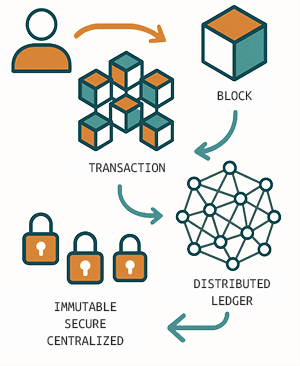Many new founders are seduced by the idea that a robust launch means packing their product with as many features, integrations, and pricing tiers as possible. This instinct, though understandable, runs contrary to what recent data reveals about the startups that actually succeed.
Strategic restraint, disciplined focus, and market-specific precision outperform attempts to build for scale too early
A growing body of evidence suggests that strategic restraint, disciplined focus, and market-specific precision outperform attempts to build for scale too early. In short, startups that achieve sustainable growth prioritize narrow execution over broad ambition; they succeed not by trying to be everything at once, but by becoming essential to someone first.
Evidence from the Field: What the Data Says
In a recent analysis conducted by OpenView Partners (2024 SaaS Benchmarks Report) and cross-referenced with Product Hunt Launch Archive Data (2022–2024), a consistent trend emerged among SaaS companies that reached meaningful revenue milestones [defined as over $25K in MRR within the first 12 to 18 months]
- 81 percent launched with a single, core functionality addressing a well-defined use case. These were not platforms; they were products.
- 72 percent focused exclusively on one buyer persona, typically within a single vertical or role category (e.g., operations managers, fractional CFOs).
- Only 19 percent offered multiple pricing tiers at launch; most adopted a simplified structure, often a single monthly subscription fee, to remove friction and improve conversion analytics.
- None of the top 25 most upvoted SaaS products on Product Hunt between 2022 and 2024 advertised full customization or “all-in-one” positioning within their first six months post-launch.
The implication is clear: simplicity is not just an aesthetic decision; it is a strategic one that improves signal clarity across product development, marketing, and user analytics.
The Business Cost of Complexity
Complexity introduces surface area that is difficult to manage, particularly for early-stage teams operating with limited resources. From a technical perspective, high-complexity MVPs generate immediate technical debt; from a user experience perspective, they lead to longer onboarding times, lower activation rates, and often, user confusion about the core value proposition.
High-complexity MVPs generate immediate technical debt
From a business intelligence standpoint, complexity dilutes the efficacy of your data. When your product includes five or more loosely related features, identifying which user behaviors contribute to conversion, retention, or churn becomes statistically unreliable. Attribution suffers, and the team is left with inconclusive analytics that drive reactive, not strategic, product decisions.
Why Focus Sharpens Insight
Narrow feature sets allow for cleaner data environments; this means founders can isolate specific user actions, link them to defined business outcomes, and make evidence-based decisions about where to invest. Focused products enable:
- Accurate segmentation of early adopters and laggards
- A/B testing that delivers statistically significant results with fewer users
- Reliable measurement of activation and retention cohorts
- Early detection of inflection points for upsell, referral, or churn mitigation
In an environment where resources are finite and feedback loops must be fast, this level of clarity becomes a competitive advantage.
Precision as a Strategic Posture
Precision does not mean lack of ambition; it represents disciplined prioritization. The highest-performing SaaS teams choose to dominate a small domain before expanding to adjacent opportunities. They observe the market carefully, validate one use case at a time, and use the resulting insights to inform measured scale.
At Craft & Logic, we have worked with several founder-led teams who managed to build profitable SaaS businesses by resisting the urge to emulate established players from day one. Instead, they treated every early decision (feature, scope object, pricing model, user type) as a testable hypothesis. The result was not just faster launches, but smarter companies with lower CAC, higher NPS, and clearer customer feedback loops.
The Intelligence Is in the Restraint
Startups do not fail because they lack effort or vision; they often fail because they misinterpret the early game. They assume that building more will result in learning more, when in truth, over-building reduces the quality of the learning signal. The modern SaaS landscape rewards those who start with a clear point of view, backed by data, focused on precision, and ready to evolve intelligently.
If your goal is to build a company that lasts, begin by building a product that listens.



